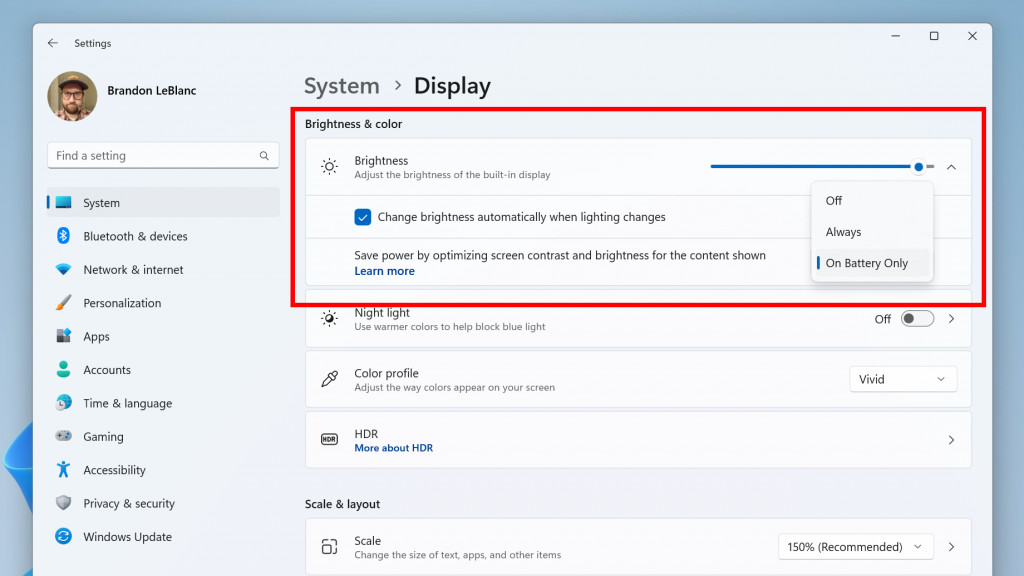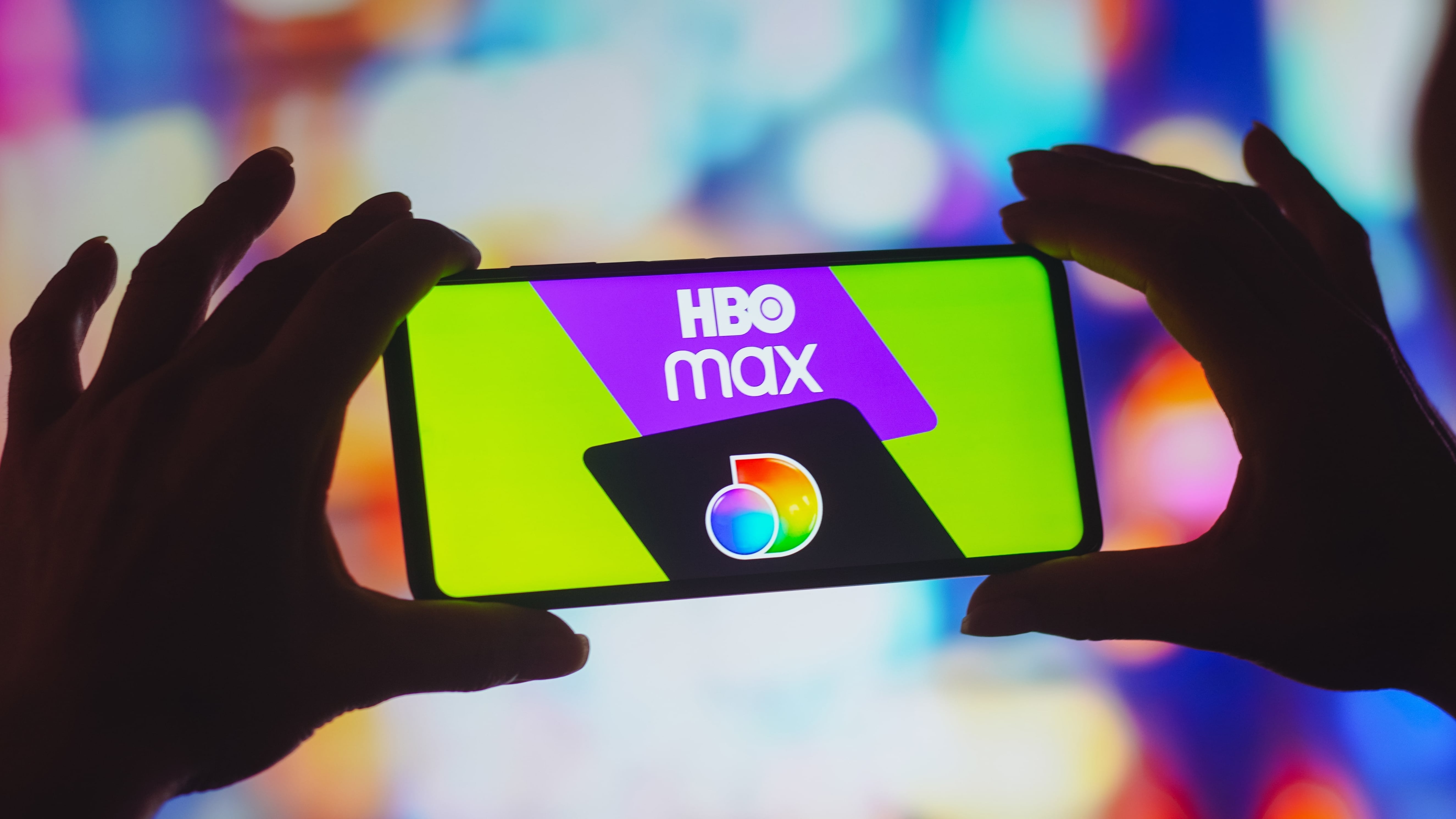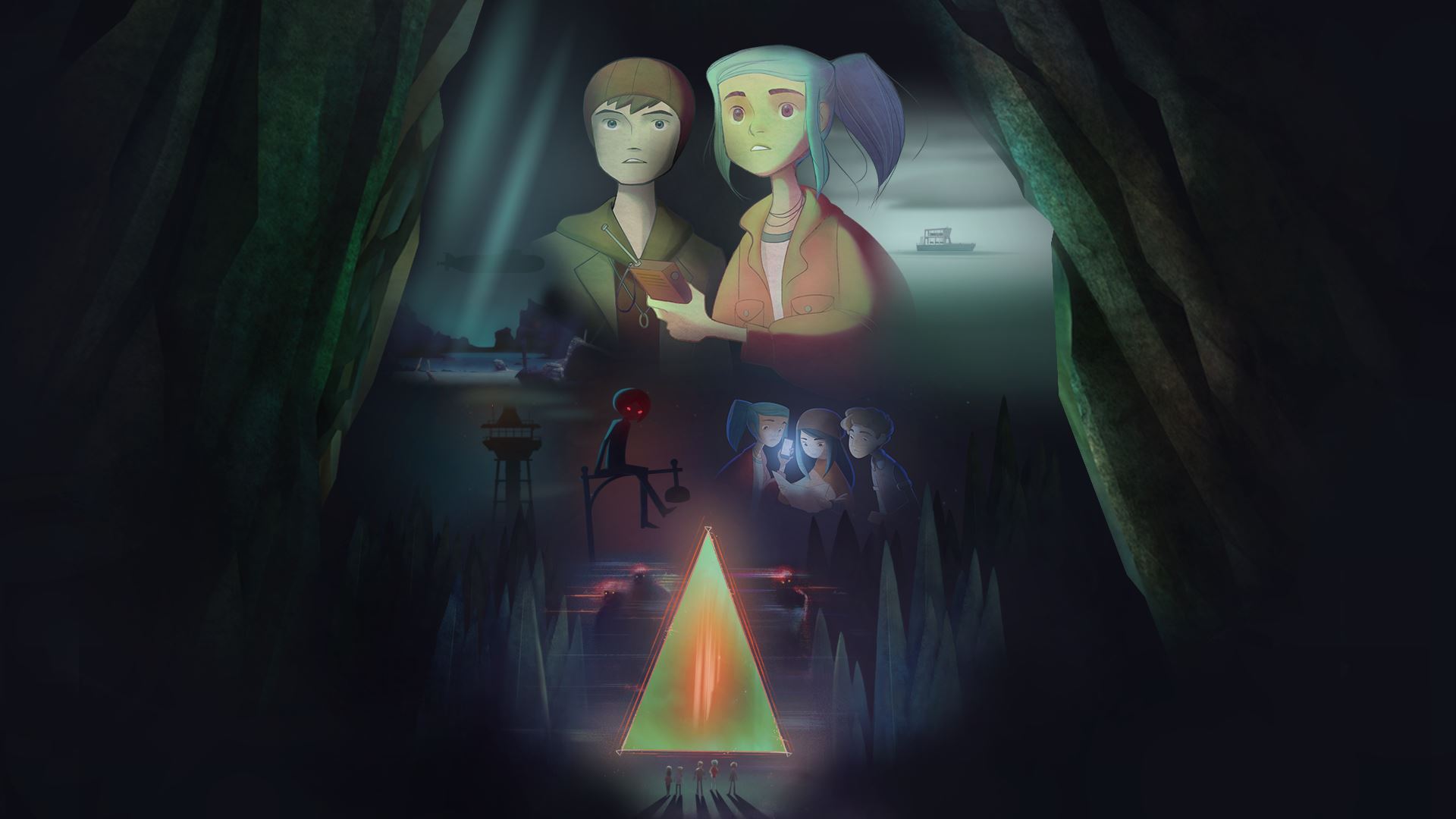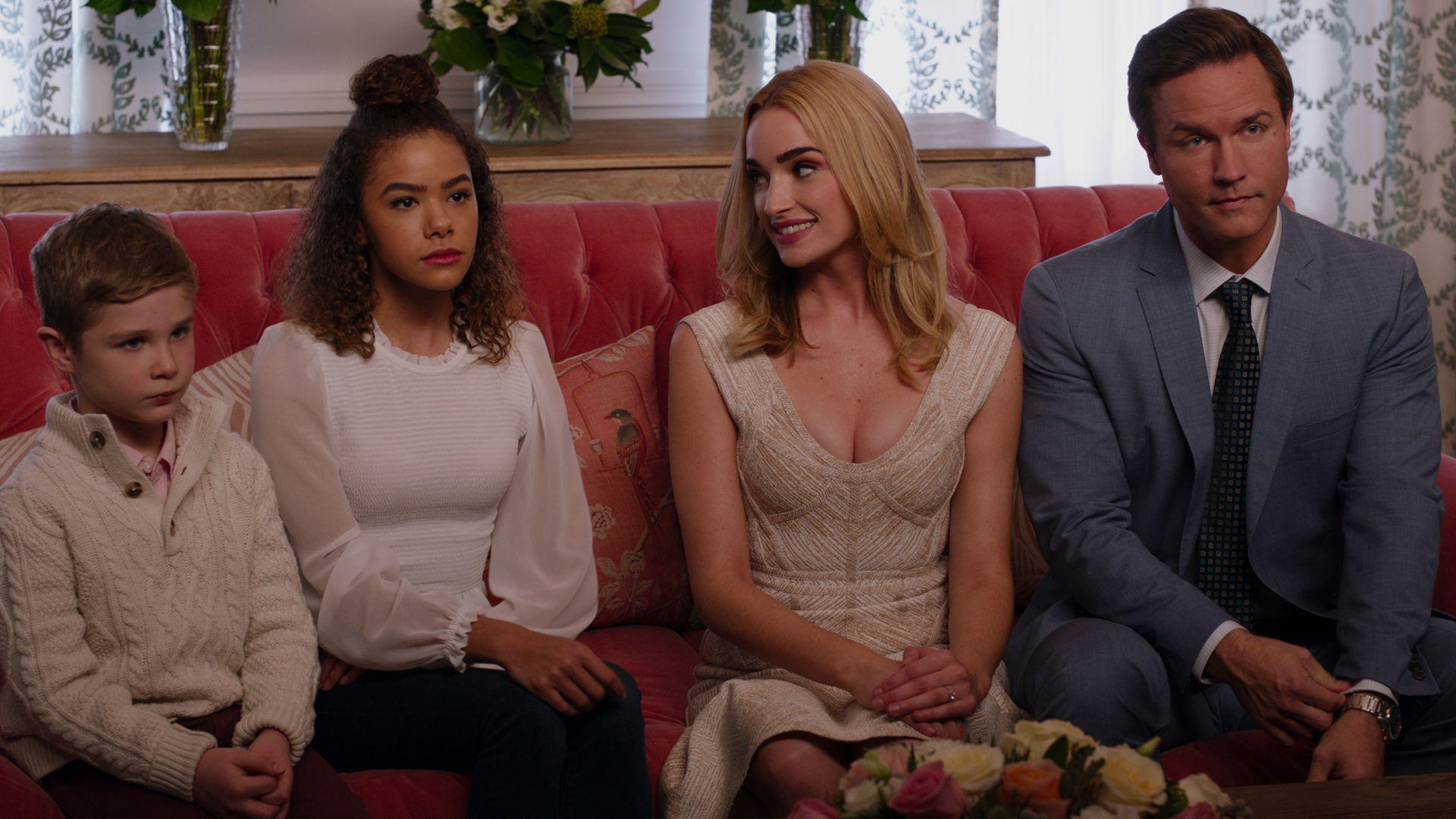TV maker Hisense held an event in NYC this week to announce its new partnership with the National Basketball Association. Along with the NBA sponsorship news, the event gave the company a chance to announce that they are now the number two TV brand in North America based on unit share according to data supplied by the Circana retail tracking service.
Hisense has made great strides in the North American TV market over the past few years, heightening its visibility with a lineup of affordable QLED sets. Last year’s U8H series, the first model with mini-LED backlighting to arrive from the company, impressed us with its high brightness and rich contrast, earning a spot on our list of the best 4K TVs and best 120 Hz TVs for PS5 and Xbox Series X/S.
Mini-LED in general has given QLED tech a shot in the arm, with top new Mini-LED backlit TVs like the Samsung QN95C starting to rival the best OLED TVs when it comes to performance aspects like shadow detail and black uniformity. As it previously announced at CES, Hisense will offer four series of mini-LED TVs in 2023, starting with the budget U6K line and topping out with the flagship limited edition UX series.
As part of its NBA partnership, Hisense will sponsor X-Factor Moments, a weekly series of game highlights from the 2023 postseason on the NBA’s social media channels. The NBA League Pass live game subscription service will also be available in the NBA TV app on Hisense smart TVs.
ULED X: The Official Television of the NBA
While the sponsorship arrangement extends to all Hisense TVs and appliances, the flagship ULED X model has been designated as The Official Television of the NBA.
The limited edition ULED X, which will only be available in an 85-inch screen size, boasts impressive specs. Its backlight consists of over 20,000 mini-LEDs that are controlled by 5,000-plus local dimming zones. Peak brightness is 2,500 nits, according to Hisense, with a claimed two times higher contrast range than OLED TVs. The ULED X also features a built-in 4.1.2 Dolby Atmos and DTS:X speaker system powered by 80 watts.
The other new mini-LED models in the Hisense lineup are the U8K, U7K, and U6K series. These are all available in 55-, 65-, 75-, and 85-inch screen sizes and have a peak brightness spec ranging from 600 nits on U6K series up to 1,500 nits on the U8K series. Both the U8K and U7K also have 144Hz-capable panels, making them a good choice for gaming, while all models feature a built-in ATSC 3.0 digital TV tuner.
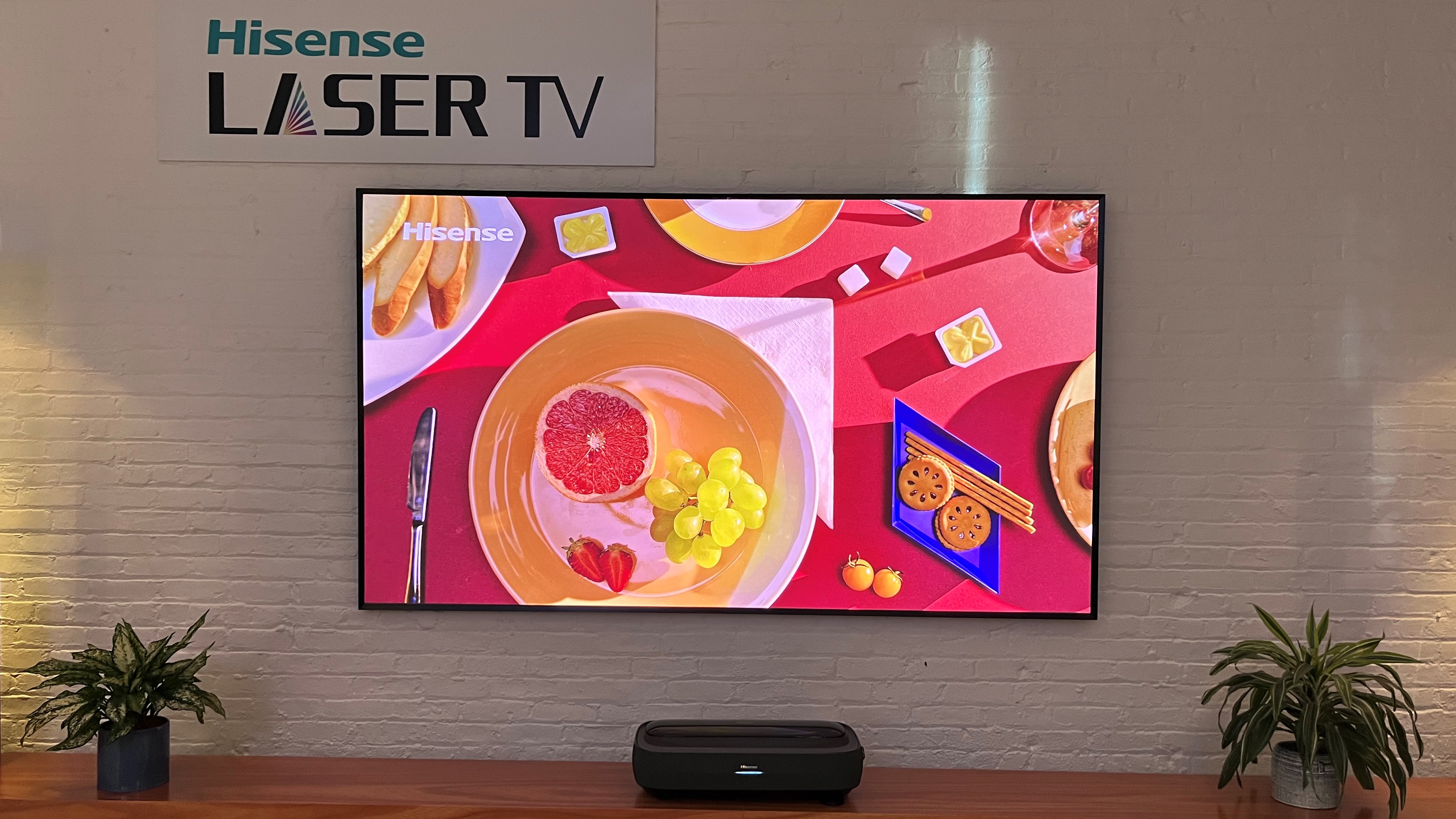
L9H Laser TV ultra short throw projector
Hisense’s top ultra short throw projector for 2023 is the L9H. This comes paired with either a 100- or 120-inch ambient light rejecting screen and uses an RGB laser light engine that’s capable of 107% BT.2020 color space coverage. Dolby Vision high dynamic range is supported by the L9H and it runs the Google TV smart interface for streaming and voice control.
Other features of the L9H include a built-in 40-watt Dolby Atmos sound system and an ATSC 3.0 tuner for viewing next-gen digital TV broadcasts.
Hisense was also showing its L5H ultra short throw projector at the event, a step-down model that uses a blue laser light source with reduced BT.2020 color space coverage.
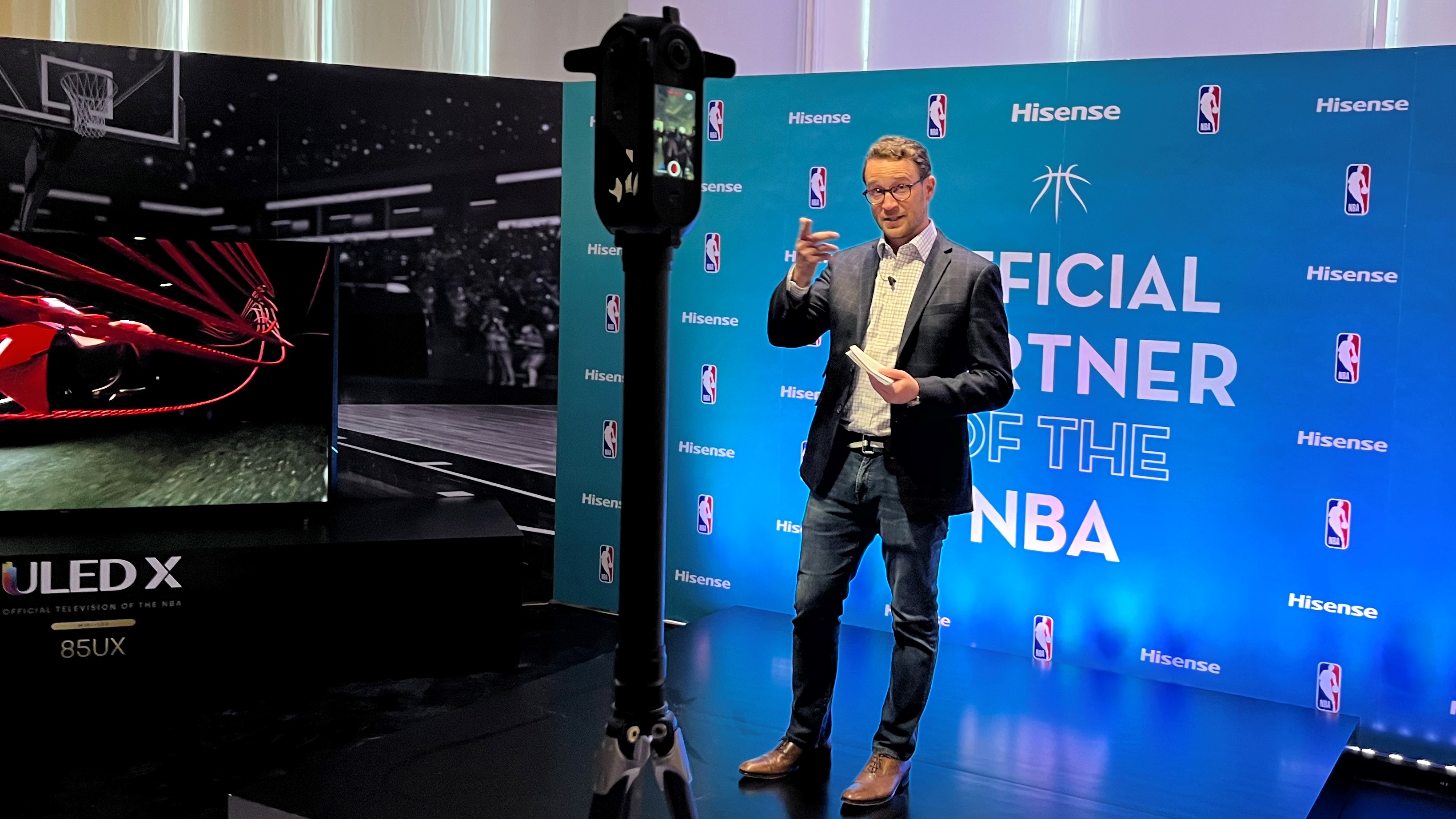
TVs and sports: a winning combination
There’s no surprise in Hisense becoming the official partner of the NBA, because the high visibility that sports sponsorship nets a brand literally brings it into the living room of millions of viewers. That’s why TCL, Hisense’s main competitor in the budget TV space, is the official partner of NFL football, and OLED TV maker LG is an official partner of NCAA basketball.
For Hisense to compete with TCL it needs to expose its brand to as many eyeballs as possible. And while this sponsorship should do precisely that, the upside to Hisense’s competition with TCL for consumers is that the company’s TVs are seeing year-over-year picture quality improvements, while their prices remain affordable.
Hisense hasn’t yet announced specific pricing for its new TVs, all of which should arrive around June. At that time, we’ll see just how good they look when we get the new U8K model in for review.
